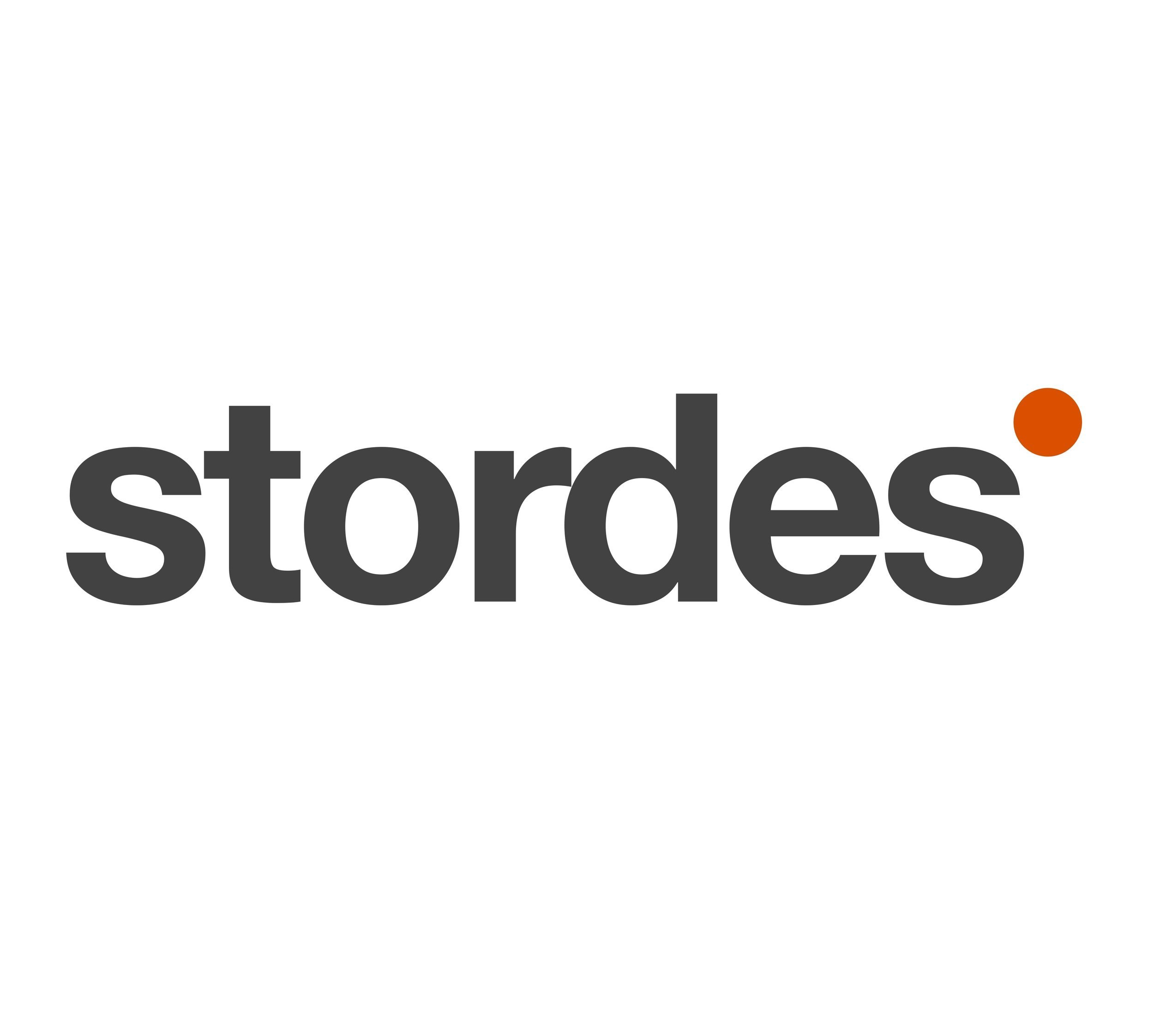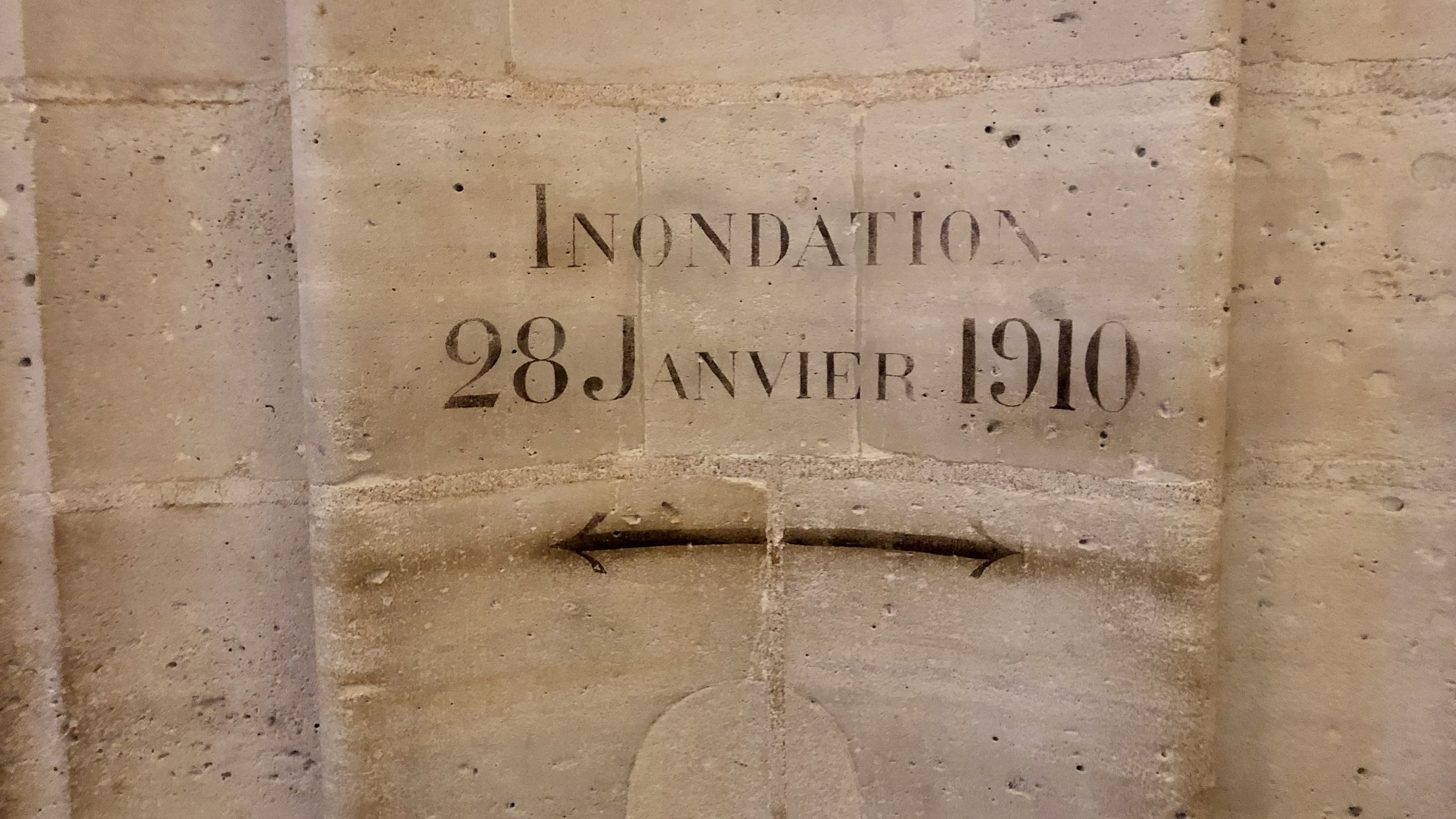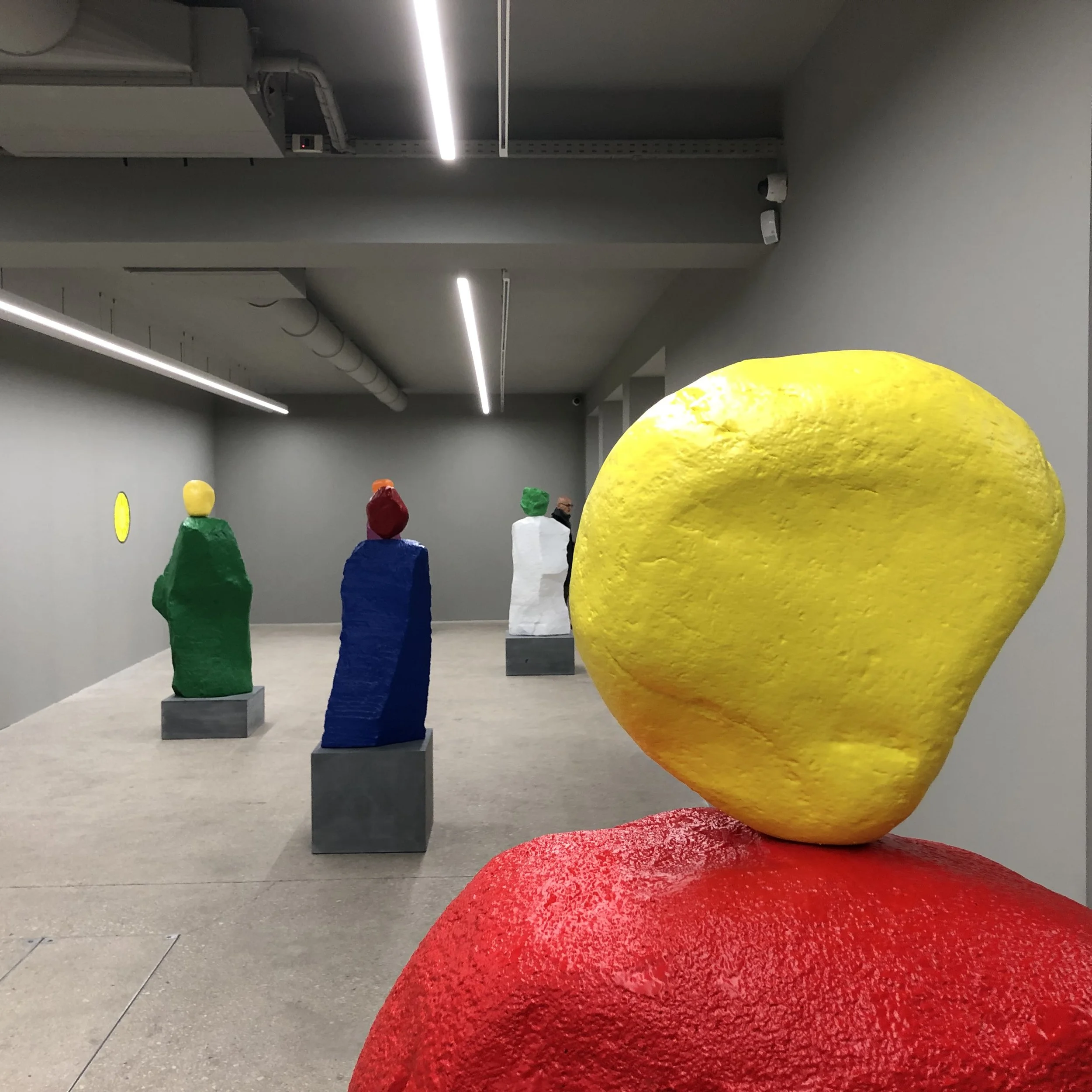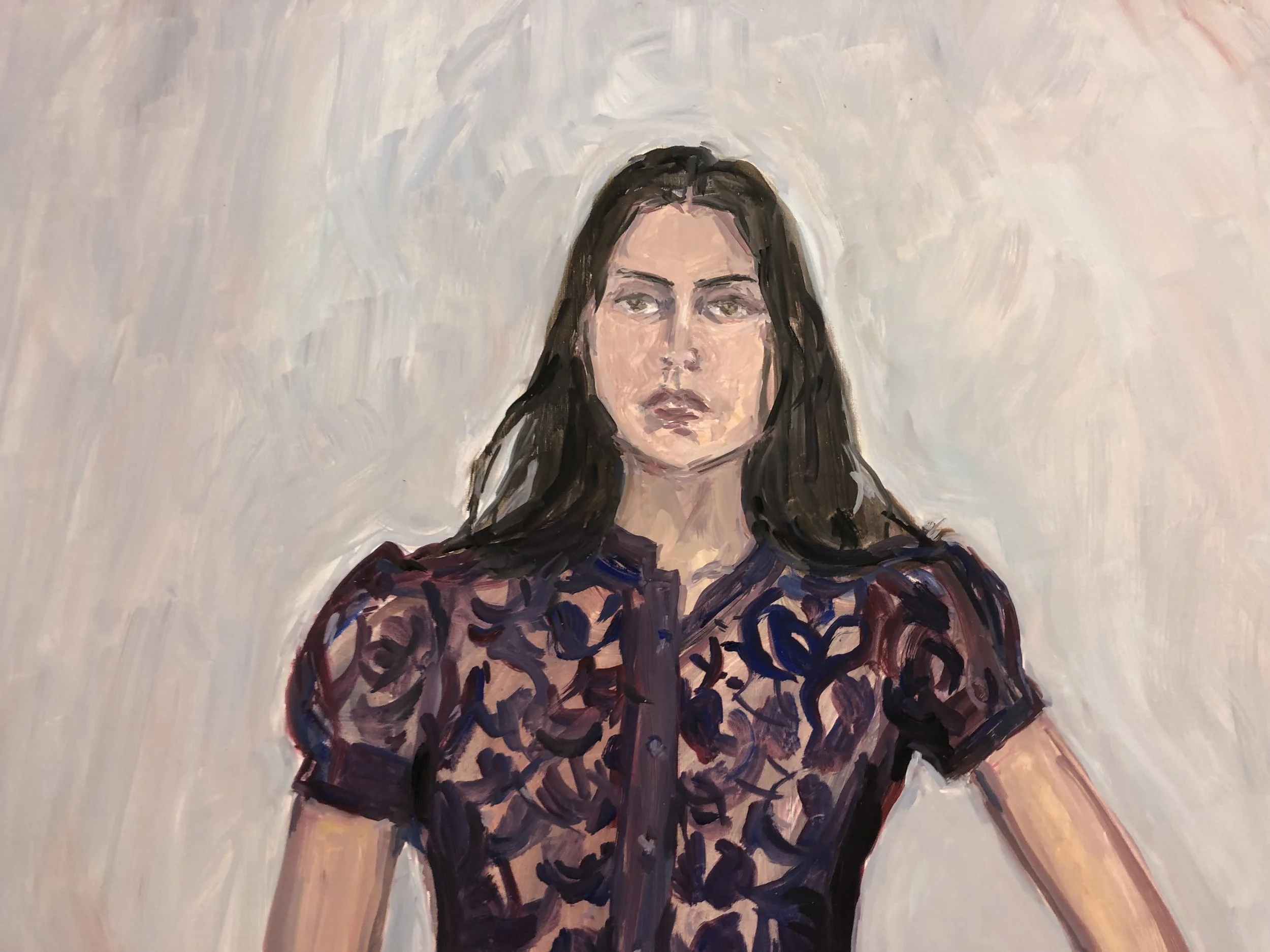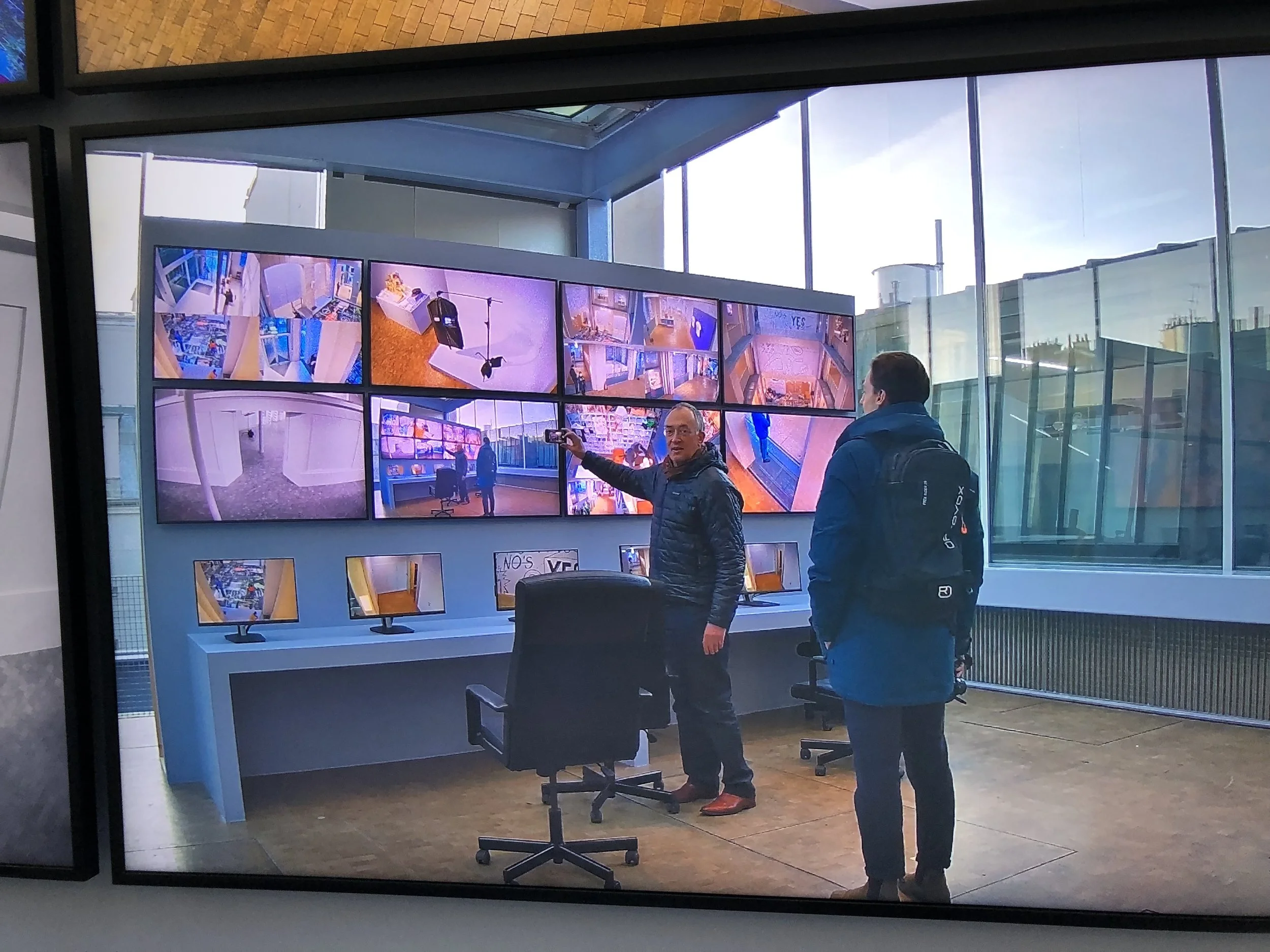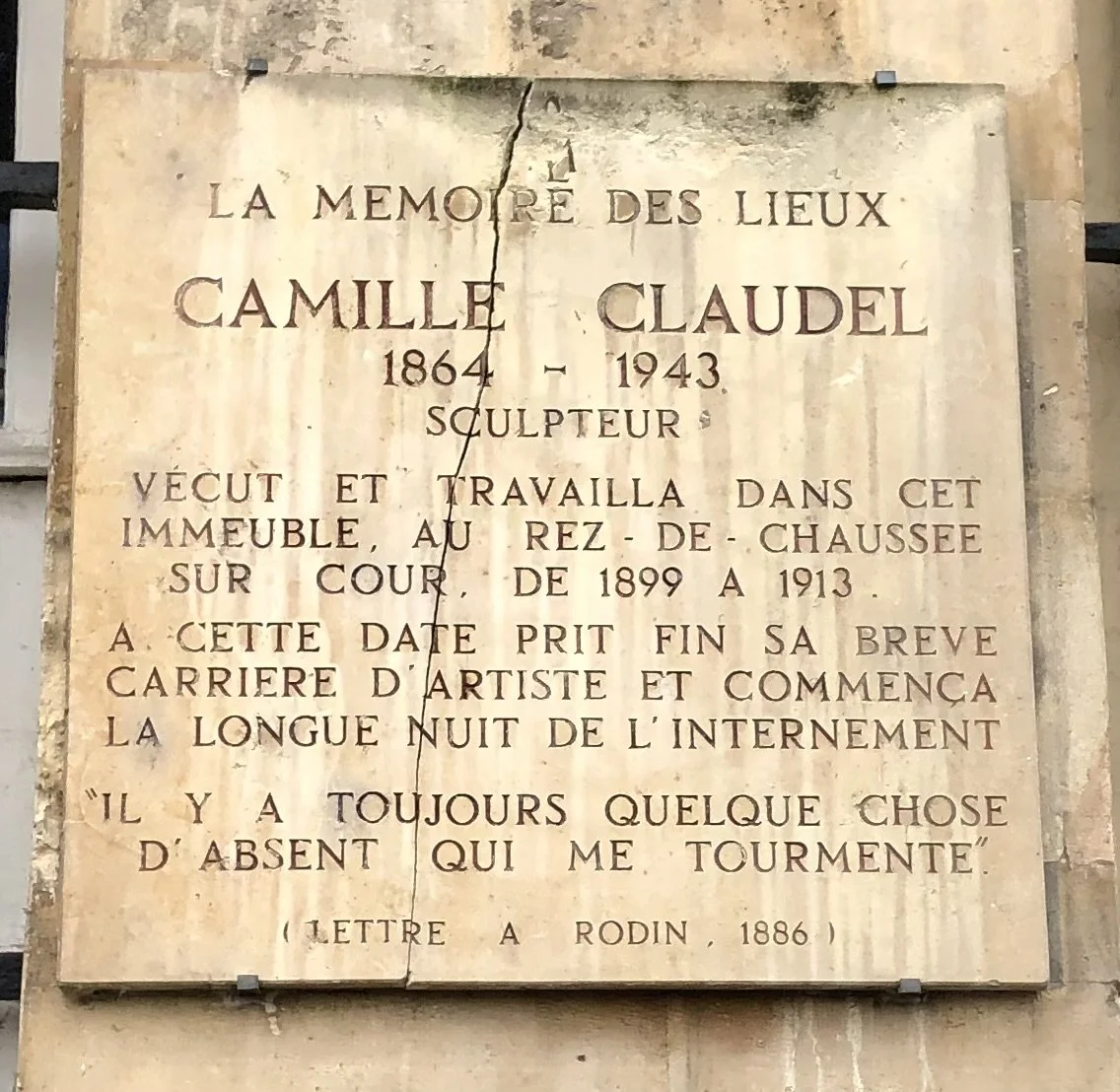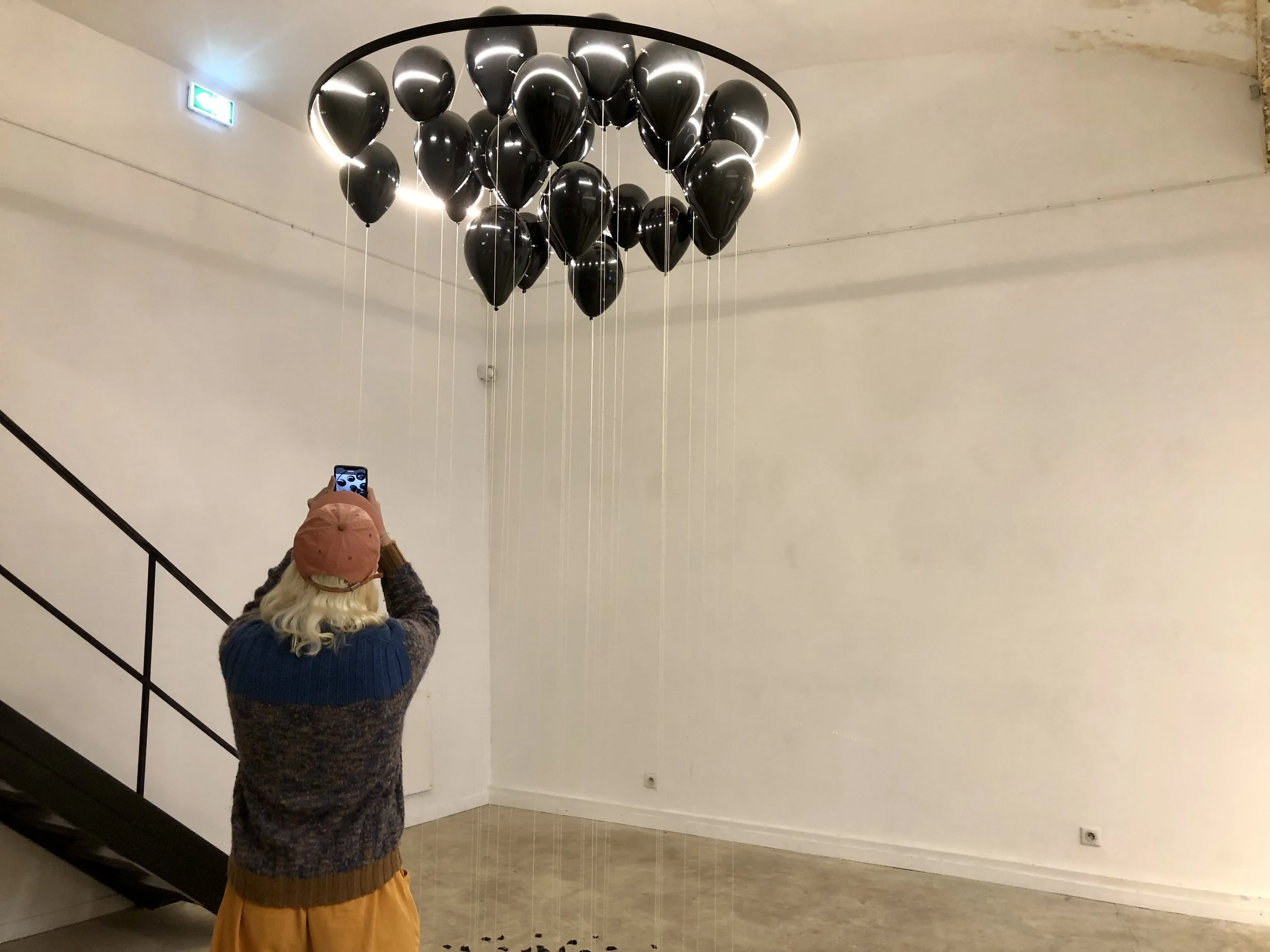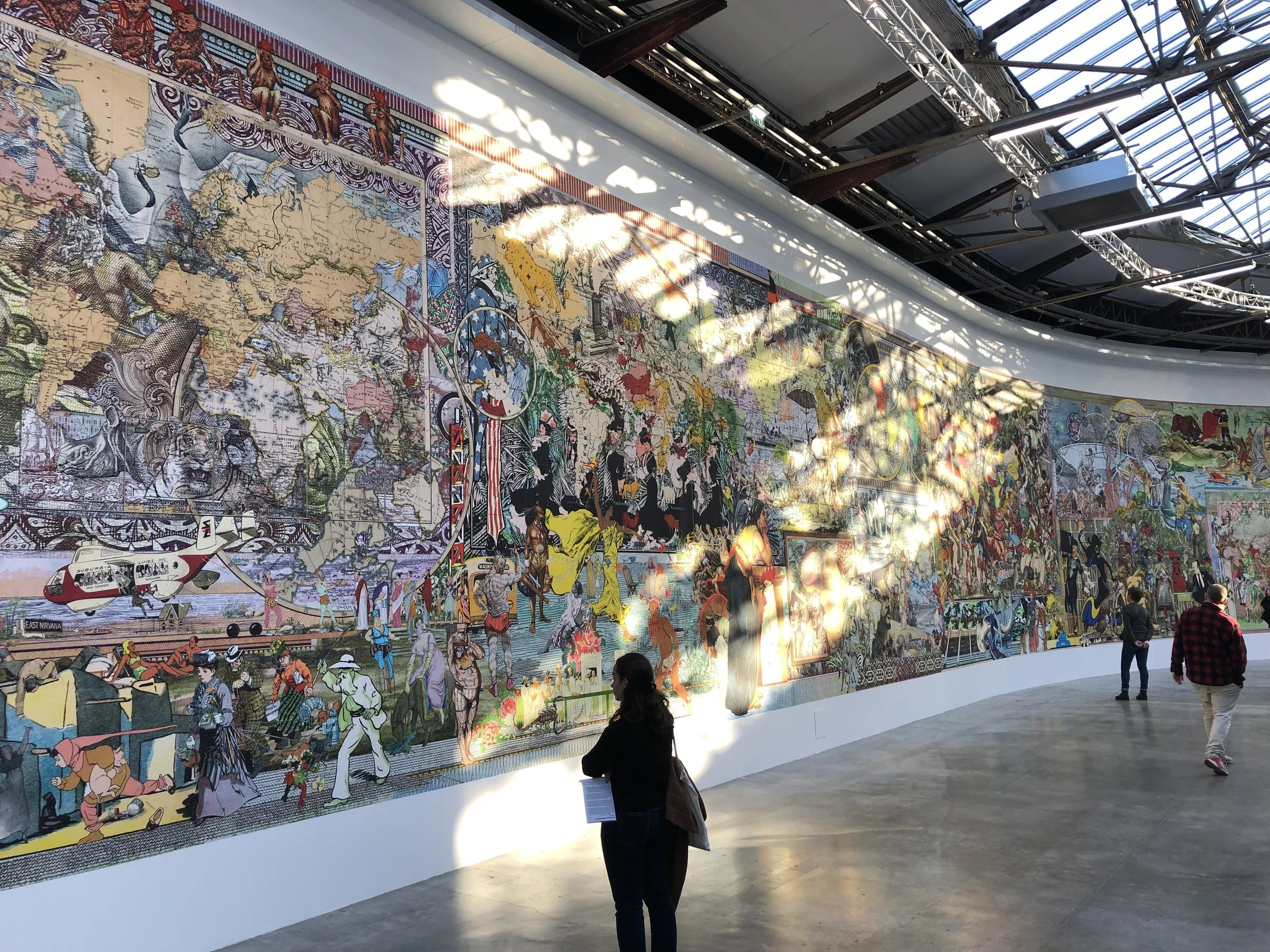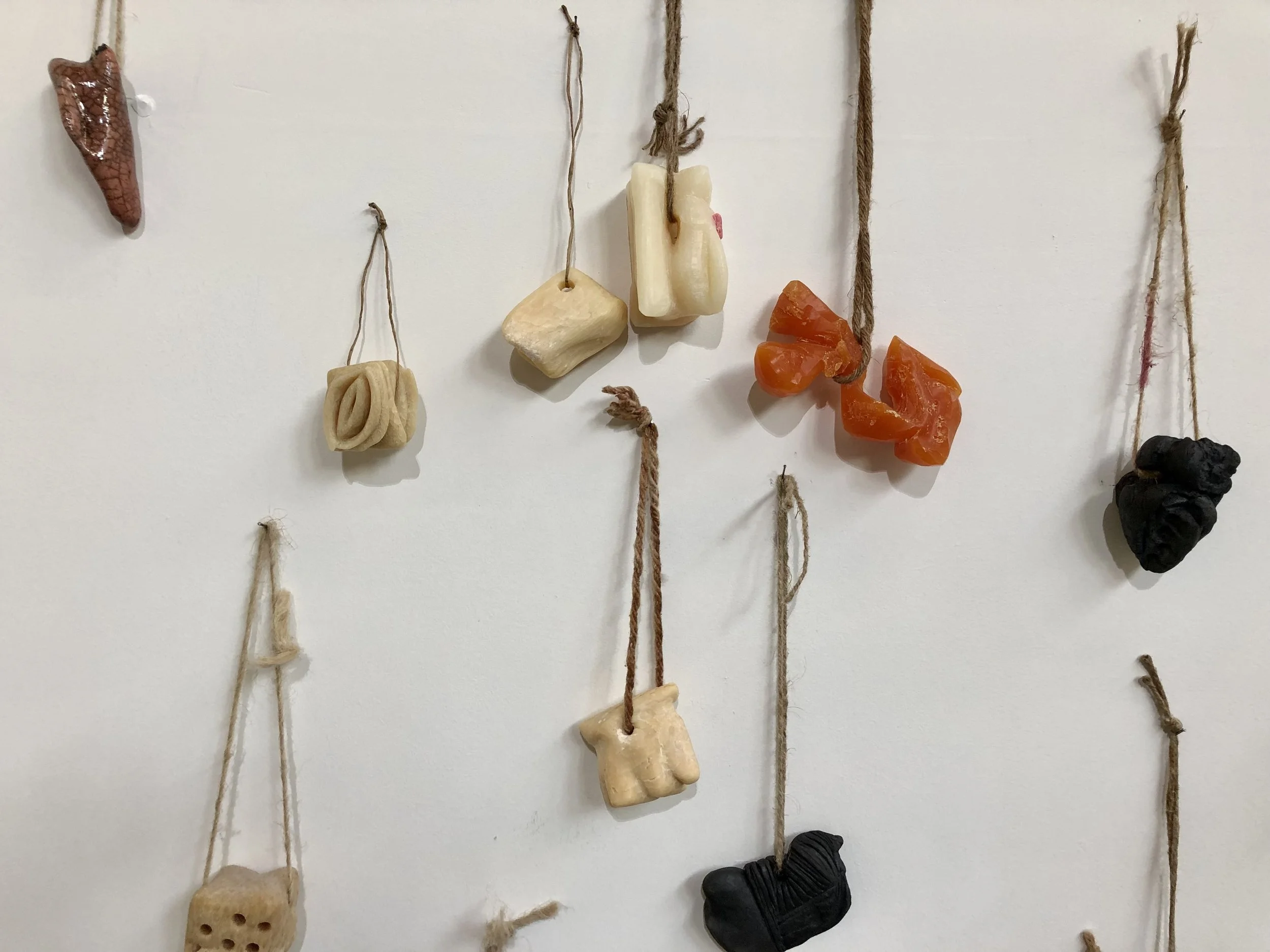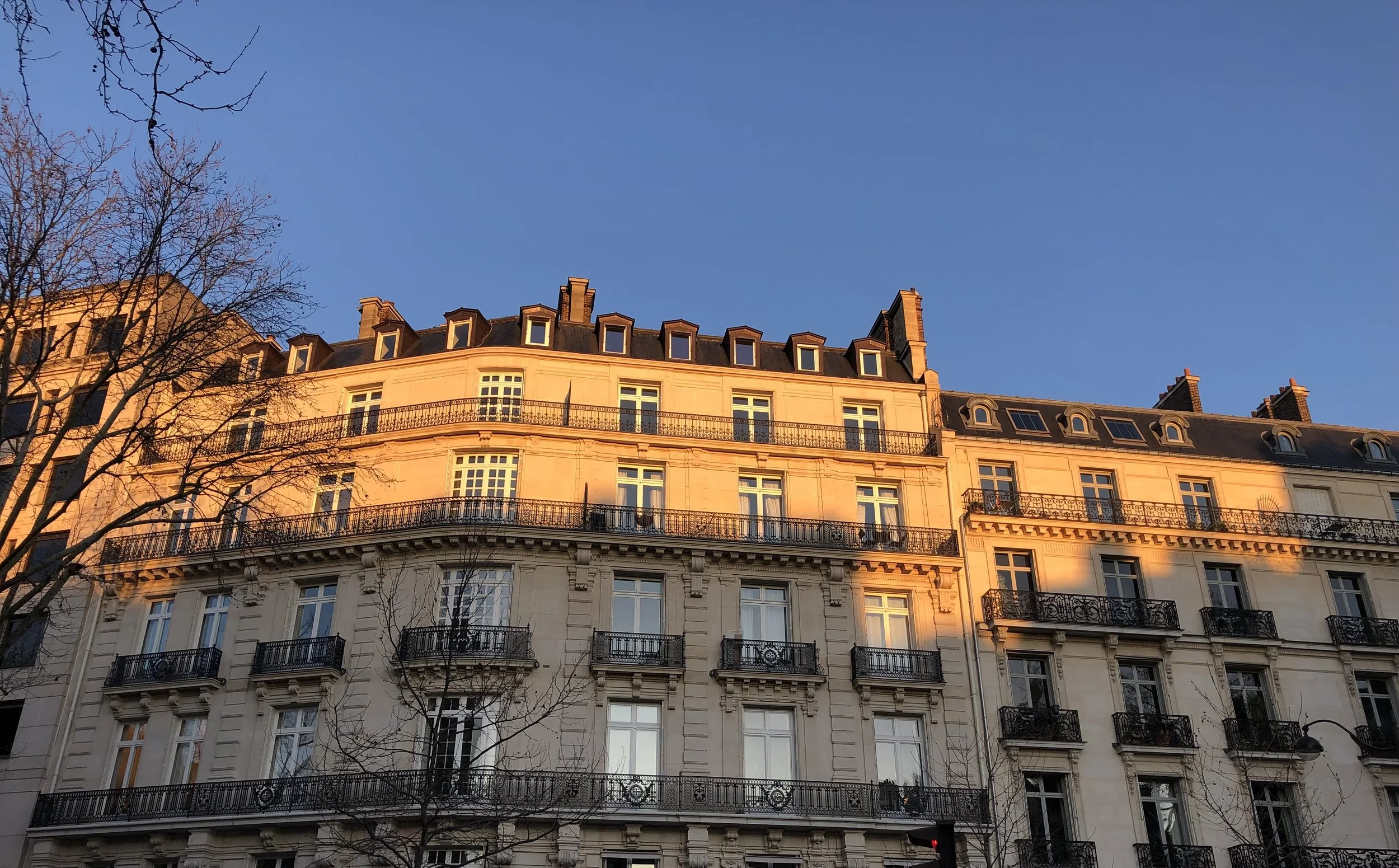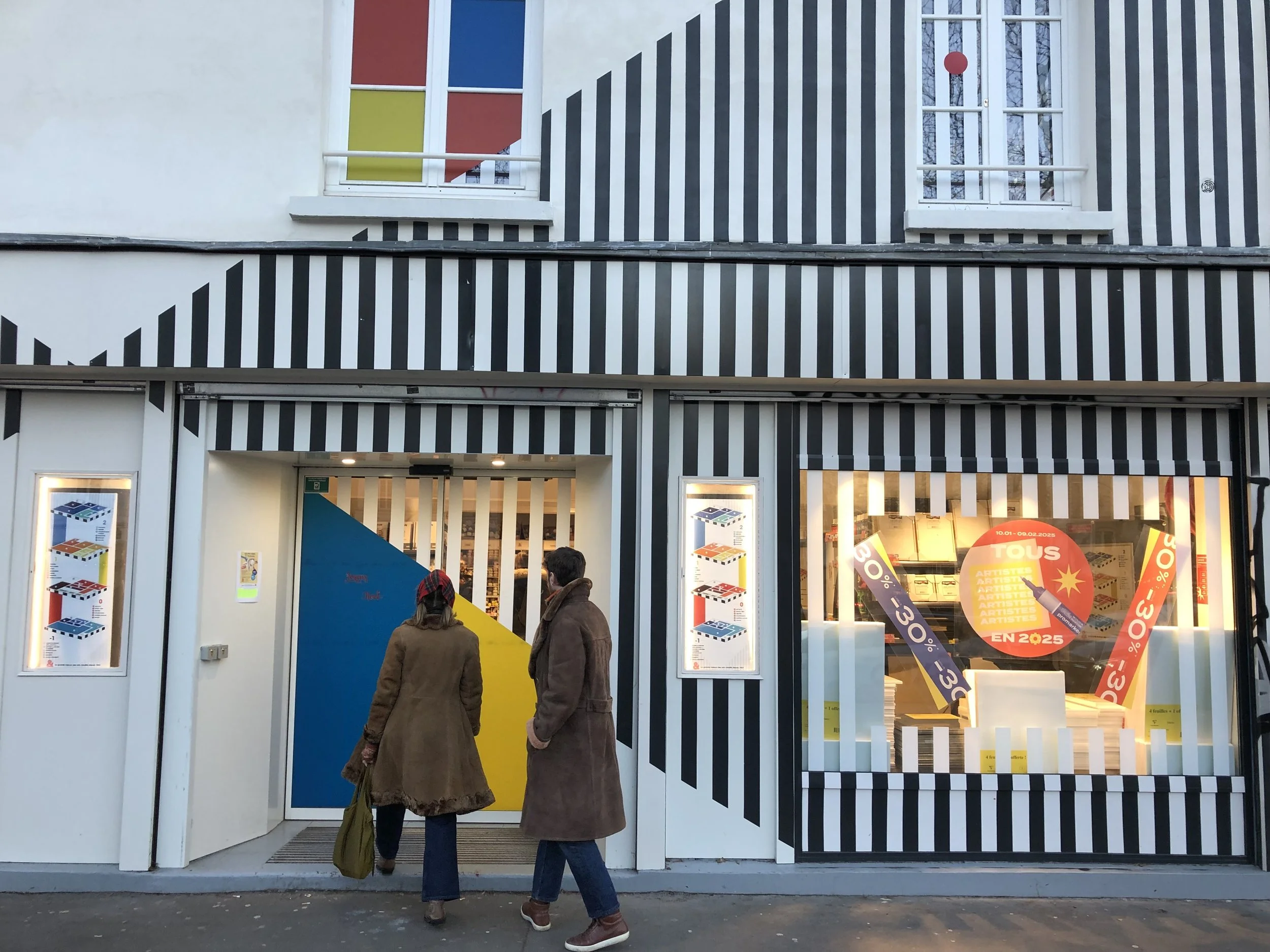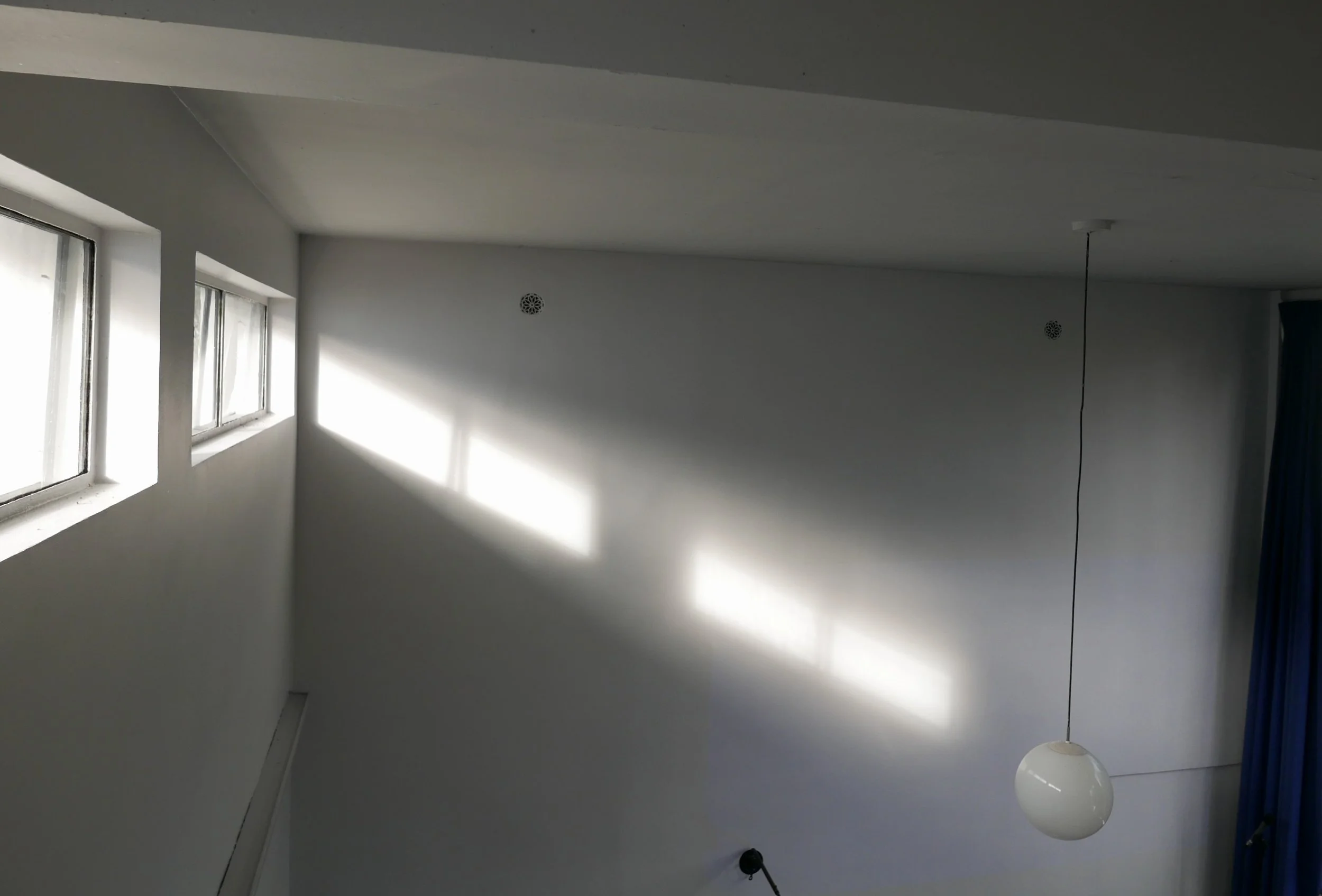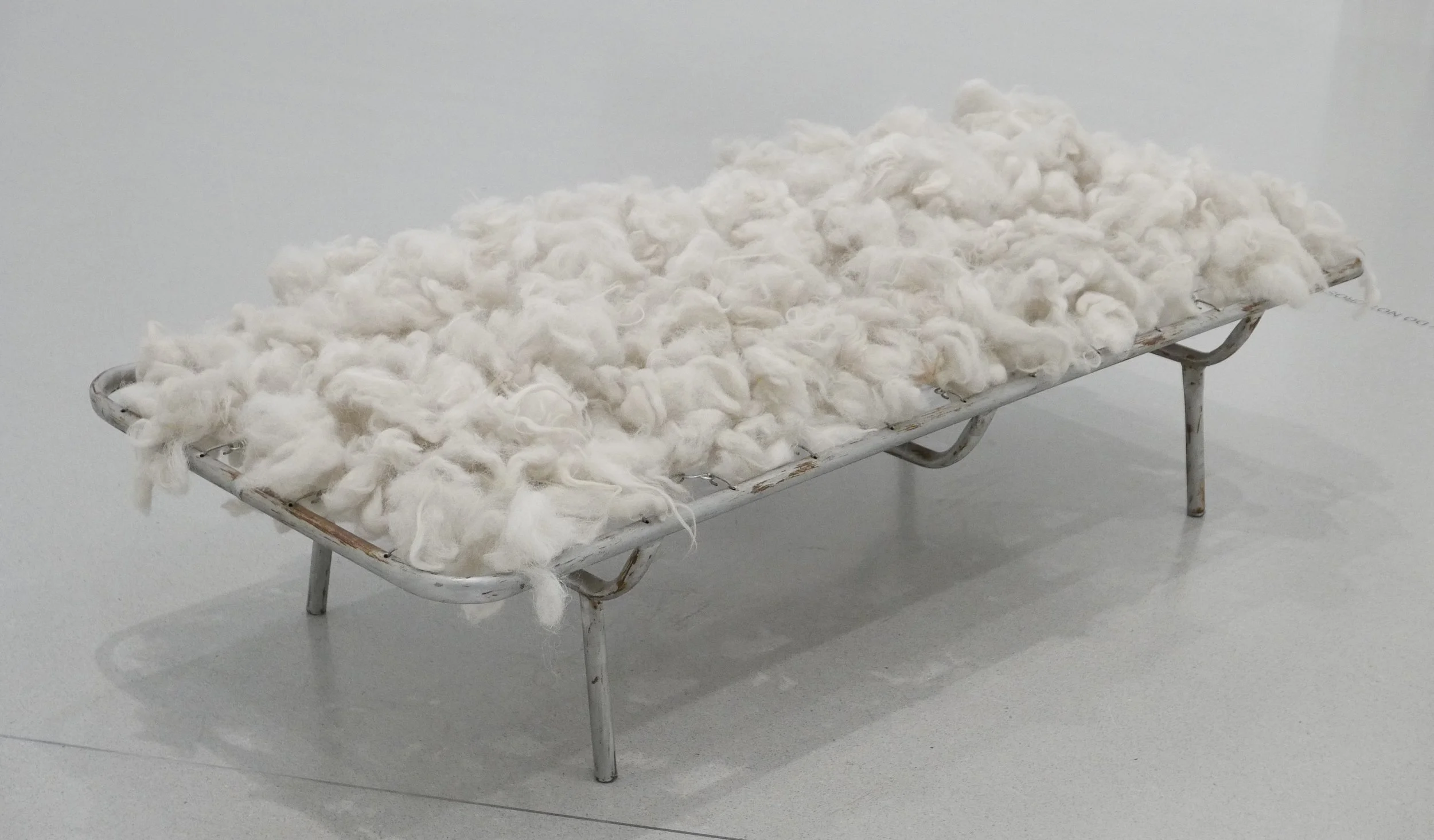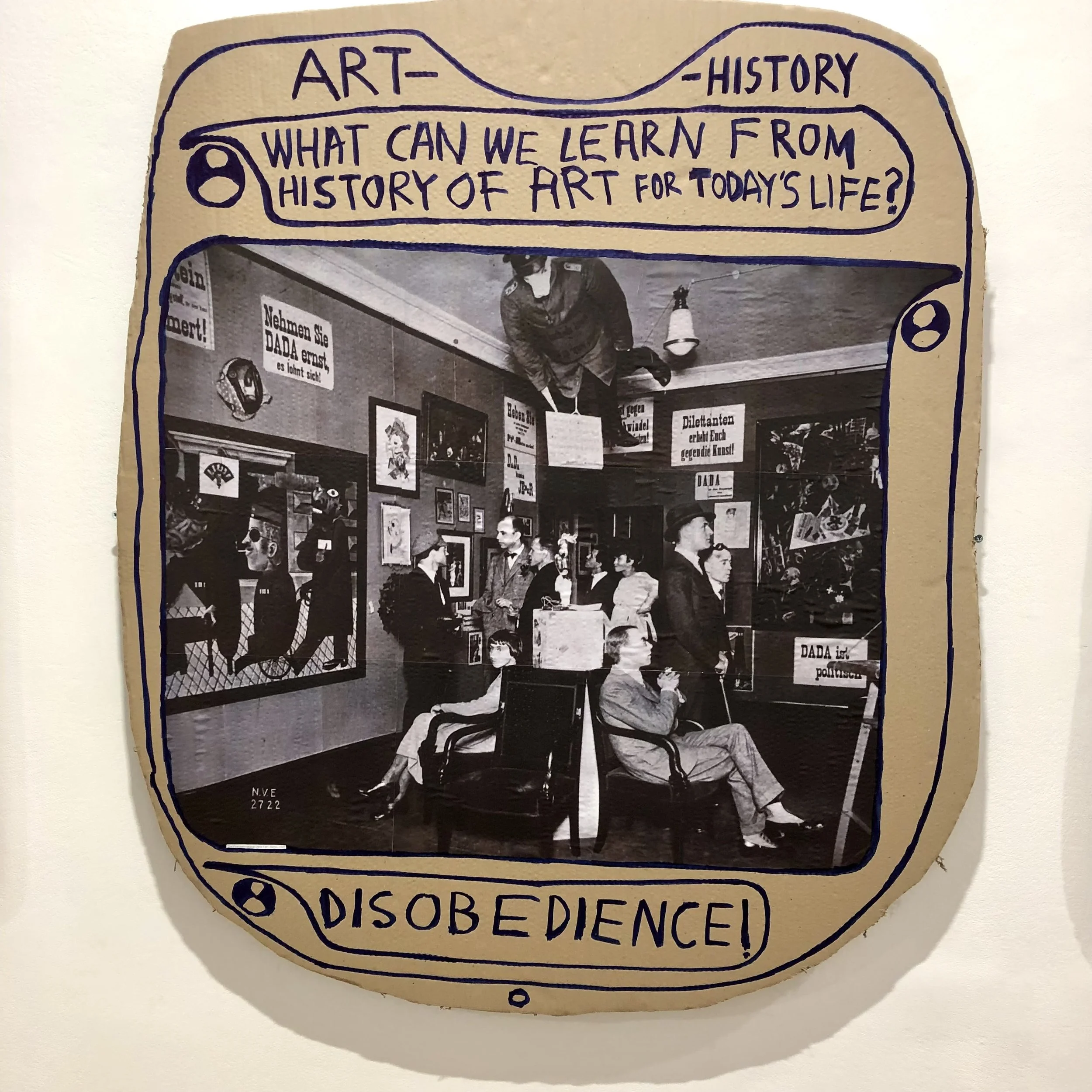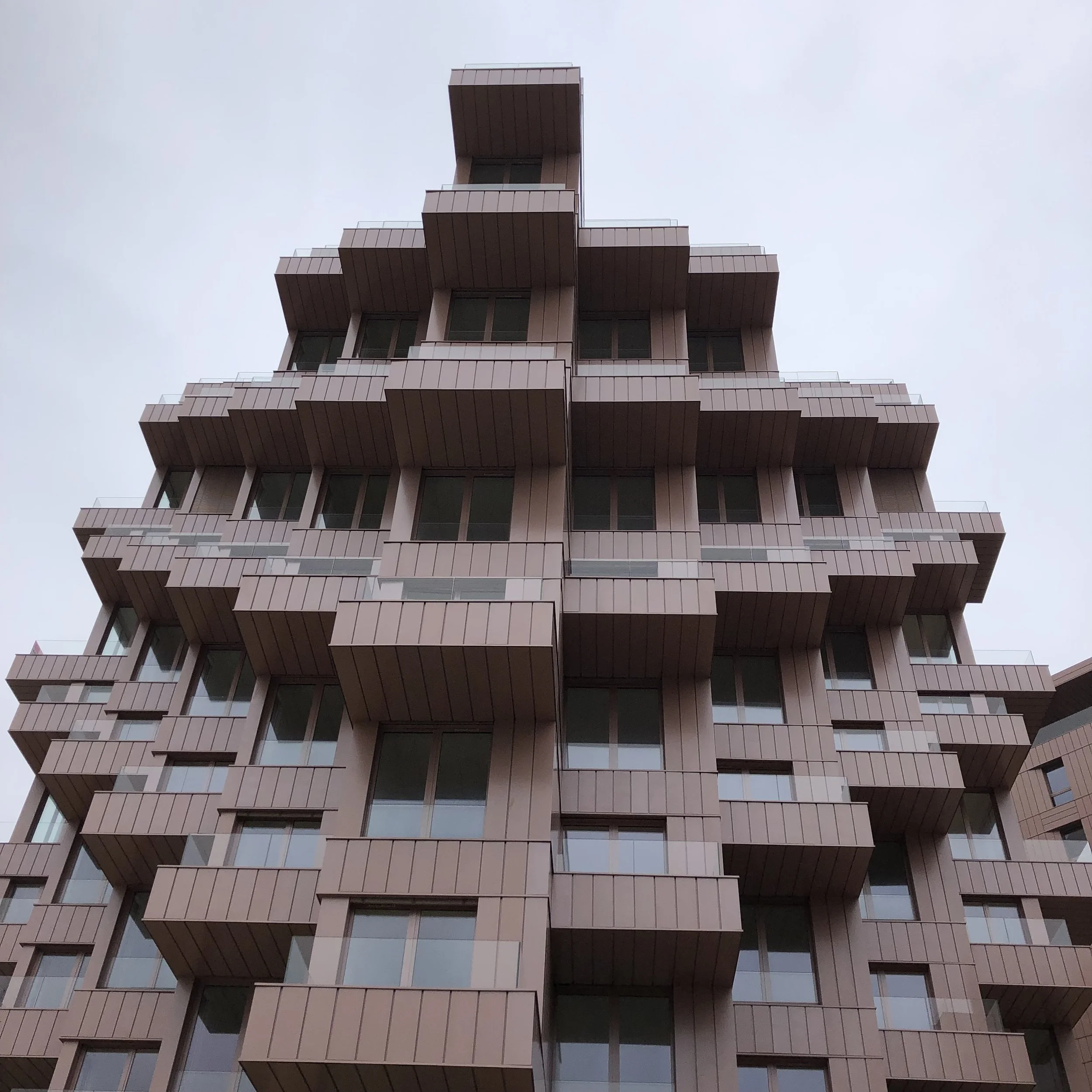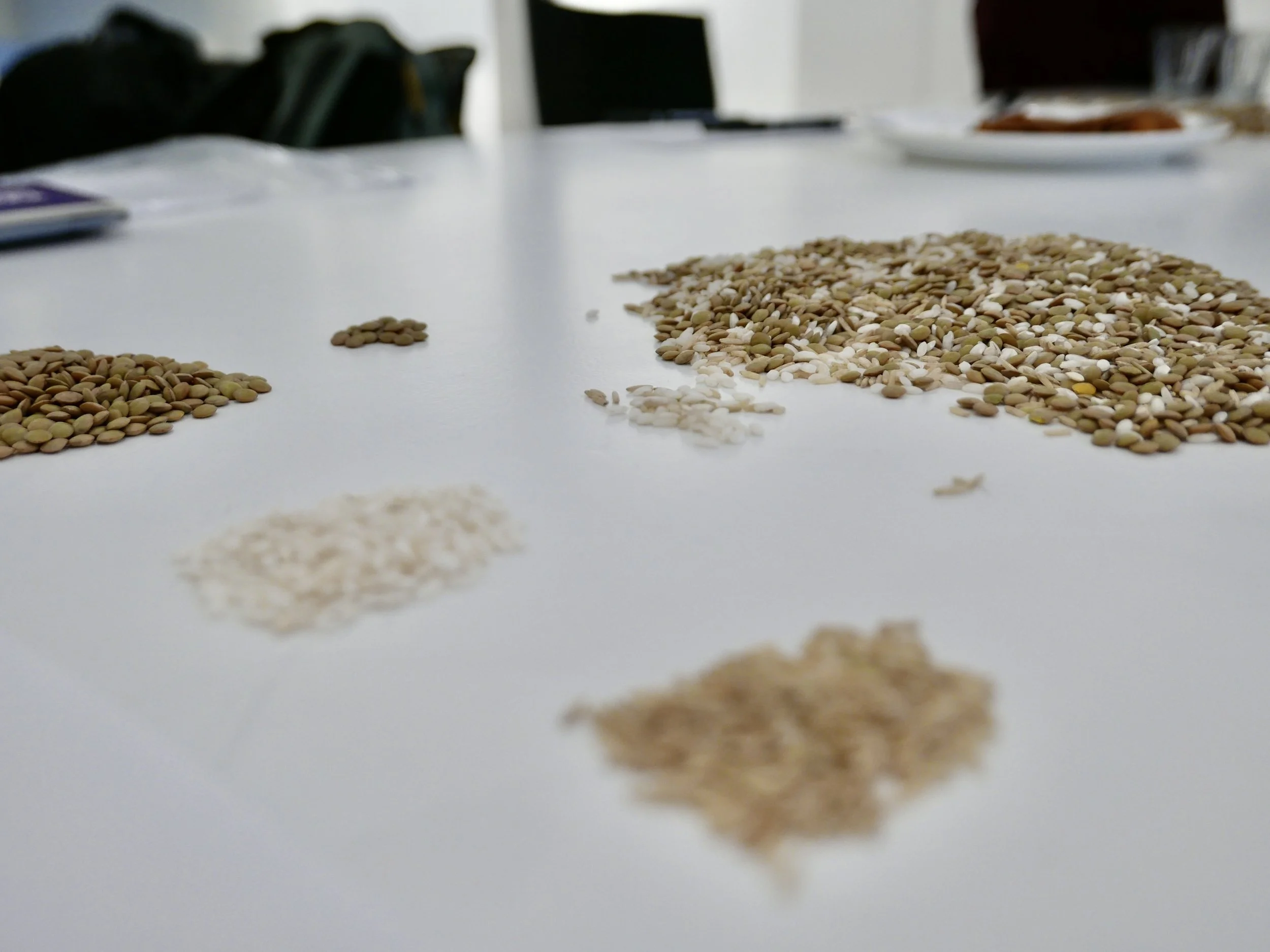update #37
traces, sensing and sense
traces of a three months stay in paris
traces become an increasingly important element in my work, not only the ones of the individual but also the ones imposed upon us by collective actions. whenever you do something, you leave traces.
traces as such do exist, yet the sensing of the traces gives them additional layers. Making sense of the traces gives them meaning.
this update is an effort to do this for some of the traces that where formed by my acting during my stay in paris in the last two months of 2024 and the first of 2025.
the photos are the digitally captured traces of impressions. they are shown here not as illustrations but as the traces themselves, for you to make something out of it. for that reason they are presented without title or reference.
other traces are exposed in four chapters of written text; about the handwritten letters i sent, the interactions with people, the work in progress on the scenarios of acting and the drawings i made.
letters from paris
During my stay I wrote various letters by hand and mailed them by post. It proved to be an exercise in analogue slowness. The writing by hand required a certain determination, what is written down cannot be corrected. At first it felt a little uncomfortable. Can I freely start a sentence without knowing how it would end precisely? I needed to think ahead which also slowed me down in expressing what I wanted to say. The two sides of the sheet of paper formed a fixed canvas you have to work with.
The handwriting is not only a practise for conceiving the letter, the reader needs to adjust as well to the handwriting. So it may seem an awkward endeavour. Not to mention the fact that you need an envelop and a postal address and to say nothing about the cost of the stamps and the walking to the post office.
However the analogue exercise had some interesting effects for me. After a certain time the hesitation of writing was gone and I just started with confidence. I enjoyed it more and more and the writing became nearly effortless. I have to disclose that I wrote the letters in Dutch, my mother tongue, that may have helped.
I did not make copies of the letters so for me they now exists just vaguely in my memory. I did not realise that at the moment, because you are used to emails being automatically stored, leaving a digital trace.
For the receiver there is the envelop and the sheet with the handwritten text, a physical trace of my effort to write. That may be appreciated. To keep it requires the letter to be physically stored and maybe even filed. That could nevertheless be a kind token of reciprocity of attention and care.
Practically the handwriting and the posting is not ideal, but the art of writing letters by hand is satisfying and its traces are of a different dimension in this time and age of instant satisfaction.
This update by the way is conceived and distributed digitally. But you may send me a handwritten letter and I will reply by sending you a nice physical copy of this update with a handwritten note attached.
interaction and conversations
One of the interesting things of my stay was to meet new people and people that I had not met for a longer time. The conversations were diverse and interesting. The fact that Paris is not my home city forced me to take the initiative and actively engage with other people.
It is amazing what can happen. My neighbour in Paris invited me for a coffee. We spoke among other things about my work as an artist engaging with organisations to help them embrace the wonders of the art and strengthen and articulate their meaning. Intrigued he asked whether that was an easy job and I answered: ‘Not really, it requires a constant effort. But I have a lot of freedom to do what I want and how to do it, like me staying in Paris.” Listening to my remarks he told me the fable by Fontaine about the dog and the wolf. They meet, the dog well fed, the wolf ill nourished and meagre. The dog suggests to the wolf to come with him to where he lives and to be well fed too. The wolf follows the dog and then he notices the marks of the collar on the neck of the dog. The wolf asks what it is and the dog answers that at night he is kept on a chain with a collar around his neck. The wolf amazed, asks whether he is not free to wander and do as he likes. The dogs answers no and the wolf runs back to the woods.
A wonderful and encouraging story that will stay with me thanks to an incidental encounter with my neighbour
A fascinating aspects of traces is that one trace of acting can lead to another activity or observation, the personal experience of a conversation becomes part of a larger insight and connects previous unconnected ideas.
I received by email an invitation from the Dutch embassy for an activity organised by Petra Noordkamp a Dutch artist being the resident at the van Doesburghuis in Meudon, just outside Paris. The trip by bike to the white cubic house led to another invitation to come and visit the house designed by Theo van Doesburg and built in 1929-30. After the death of Theo in 1931 his wife Nelly stayed in the house until 1975. We talked about the house and the many artists that had visited the house and how that effected her stay and her work in this ‘de stijl’ house.
I have thought quite a lot about the visit. Old photos of the house show the walls of the atelier covered with abstract paintings. It gave the space something very personal. In its current state the restored house is quite clean, lacking traces of the residents. That fits its current use, but it also truncates the space of its possibilities to regain some of its deeper meaning. What is a house without the traces of its occupants other than the photographs?
Nevertheless the house itself is a wonderful trace and shows what one action (building the house) can lead to, even after nearly one hundred years. A reminder for noticeable actions with durable impact.
scenarios of acting
A trace of more than 100 a4 pages and counting. That is what my work on my self-defined project on the notion of scenarios of acting resulted in, for the moment. Numerous pages with notes, small drawings, diagrams, captured in six chapters. The scenarios of acting are the format and method to enrich in an artful manner the capabilities and the acting of an organisation.
Working on this subject made me think about how to progress with the work that is among other things about traces in which the acting results. I decided to work with the sheets in an associative way, one chapter at a time. Earlier results trigger further thought and ideas which are then again noted and drawn on the next sheets of paper. It is literally creating a trace. I sometimes orden the sheets. It is a kind of sensing of what is made earlier. I try to bring the work forward with additional elements, fresh directions and new details. The traces shape to a certain extent the process. Whether the sheets as such will be the final result is not yet clear. But for sure they are an important part of the acting (the investigations) and of what that has resulted in.
I think this way of working which is a conscious choice, could be regarded as a self imposed scenario of acting where form and meaning coincide.
The way the work in Paris created the traces is one aspect. Another is what the traces are actually about: a deeper understanding of the scenarios of acting and how they can be applied in the setting of an organisation. The traces (the sheets of paper with text and drawings) provide depth to the subject and attributes become more precise. Questions are evoked and being thought through. The traces show a growing understanding and tangibility of a previously less delineated notion.
One of those outcomes is to consider the scenario of acting as a work of art. That statement is significant because it has important implications on what the scenario actually is, how it effects the workings of an organisation and what qualities make it a work of art as such. It means to sell an artwork to an organisation, not strategy advise or organisation development support. The label matters and shapes the proposition and the positioning. It is an important statement.
One trace of findings influences other aspects of the scenario of acting. Considering the scenario as a work of art shapes the attributes of the acting that the scenario captures and instills. One important concept is that the acting is about ‘expose somebody to something’ and rendering unseen possibilities manifest. The acting does not concern improving the current situation but it touches people in profound and new, you might say improbable ways. The palette of acting is enriched in fundamental ways.
These are useful outcomes and at the same time they leave other questions unanswered, like which of the many activities in an organisation is subject to the artwork. The answer that it can be any activity is in a certain way true, but at the same time not very helpful in determining where to engage and with whom.
In a not lineair way this question is addressed in another aspect of what is being investigated: the process, how a scenario of acting is being developed and activated in an organisation.
The scenario of acting is one tangible outcome which is closely related to the context of the organisation. The context, another outcome, consists of the reality in which an organisation exists and the deviations and ideas that create the unseen possibilities.
The process consists of three interlinked phases:
Positioning supports the organisation in understanding art as power and investigating the domain of the interventions.
Sculpting creates iteratively the defined context and the scenario through imaginary projections through lenses and filters.
Activation is in essence the exposure of people in their acting and interactions, a phase of ‘solid management’ with love and active participation.
The sheets of work are the living traces of an artistic creation.
chinese ink on paper
The over eighty drawings in various formats I made during my stay in Paris are very visible traces, Traces of brushes, ink and water on paper, traces of a deliberate act of making.
The drawings do not depict something, they are not illustrations. They exist in themselves as objects. Yet they are not neutral images, they originate from the constitution of me, the maker, my ideas, my biography, my mind, my abilities, my intentions. Not in a direct way, but the images do not exist without the maker, they exist only through the maker, the person who I am and the materials I work with.
Part of the making of the drawings I cannot control. The results have a certain unpredictability. And I think that contributes to their quality. Because that unknown part requires a deeper looking. It asks for an effort to really see, to try to understand, to critically accept which traces are revealed, have been partly effaced, remain hidden and which traces have disappeared (although it is not certain they ever existed).
To mark this important process of sensing and understanding, of critically observing, making peace with work, the traces, I have recently began adding titles to the works. It is an additional layer of meaning, one that you have control over. It is an act of appropriation of the work before handing it over to the audience.
all photos by hein duijnstee
